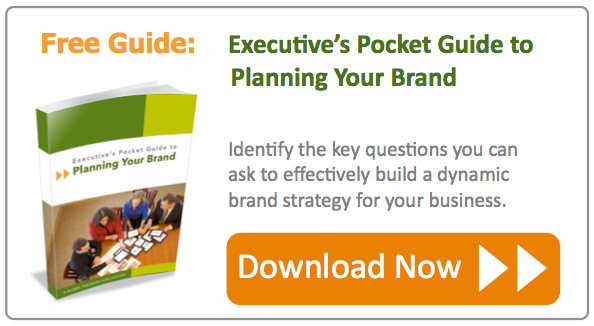Doug Wendt is a co-founder and senior partner with Wendt Partners.
Whether your business has decided to develop a new social media strategy or you're wondering how to build a better online marketing program, the decision to rebrand or redesign your website is a major step for any business. You need to consider the strategic goals you want to achieve, and ensure that your investment will do all that it can for your business. Here are 6 essential trends to be aware of as you consider your web marketing strategy.
1. Design for the User
 Too often, web design firms and marketing agencies get caught in a 'spin cycle' with clients in which both parties share in the excitement of what's possible with a really cutting-edge web design. Maybe a competitor recently relaunched their site using parallax scrolling, or everyone's excited about home page integration with social media.
Too often, web design firms and marketing agencies get caught in a 'spin cycle' with clients in which both parties share in the excitement of what's possible with a really cutting-edge web design. Maybe a competitor recently relaunched their site using parallax scrolling, or everyone's excited about home page integration with social media.
But at the end of the day, someone needs to snap out of the client-agency 'go for what's cool' vortex and become the voice of the user. And in real life, users want information, they want it fast, and they want it easy to find. Many websites that have won creative accolades are actually user experience nightmares. There's no point in using a design strategy that looks great but hides some of your most critical navigation, or pushing for cutting-edge social integration when your existing team can't stay on top of sending out a tweet every few days.
Remember, the real estate on your website is not for you – it's for your users. So, begin with clearly defined user personas as the basis for all design decisions.
2. Consider All Formats
Proving that design today is all about the user, consider that how your site looks on a desktop monitor (perhaps it looks like a piece of framed art?) may not be at all what it looks like on a mobile smartphone screen, or on a tablet device.
Your entire site does not necessarily need to be mobile-optimized (unless that's where your users primarily interact with your business online), but you should make design and user strategy decisions with all formats in mind.
3. Plan for Depth and Growth
A website is not a piece of art – it is a living thing, and it needs to grow. Don't go overboard with proprietary and graphic-intensive page designs that are incompatible with easy updates, or make it too difficult to add additional pages and content elements in the future. You need to plan, design and build a site that can grow, evolve and stay current with your business.
4. Integrate with Your Ecosystem
Websites do not stand alone, like a tree in the midst of an otherwise empty field. Rather, they are members of a larger ecosystem that not only encompasses all other online modes (video, mobile, search, etc.) but also provides cross-over potential with offline as well, through QR codes, landing pages, print personalization and more. You need your web strategy to take into account all of these factors.
5. Content is King. And for Content, You Need Contributors.
Just as websites are not art on a wall or trees in a field, they need to be constantly maintained and supported with fresh content and new information. This content has to come from somewhere, and for that you need contributors.
This means that your website's content management system (CMS) must be user-friendly, easily managed and capable of supporting multiple users without causing technical or user experience problems. A web designer who is creating her or his 'masterpiece' is going to sink your site project, so make sure you focus on a strategy (and a partner) who is committed to a CMS strategy as well.
6. Build in a Friendly Neighborhood
There are lots of ways to build websites, but today most of all you need to build using architectural plans that others can read and interpret for later use. Just as the construction company that builds your house may not be the same one you choose in the future to build a new porch addition, you have to keep in mind that your website will need to connect with an array of platforms down the road.
These may include a content management system (CMS), customer relationship management (CRM), email marketing, social media dashboard, marketing automation and numerous plug-ins and upgrades. Make sure your site is developed using open standards and well-established best practices such as the open-source LAMP architecture (Linux, Apache, MySQL and PHP) and the WordPress platform, among others.
Keeping these six trends in mind will help to ensure that your web, video and mobile marketing strategy is successful – and sustainable - for your business.
Image credit: Flickr @ Creative Commons








